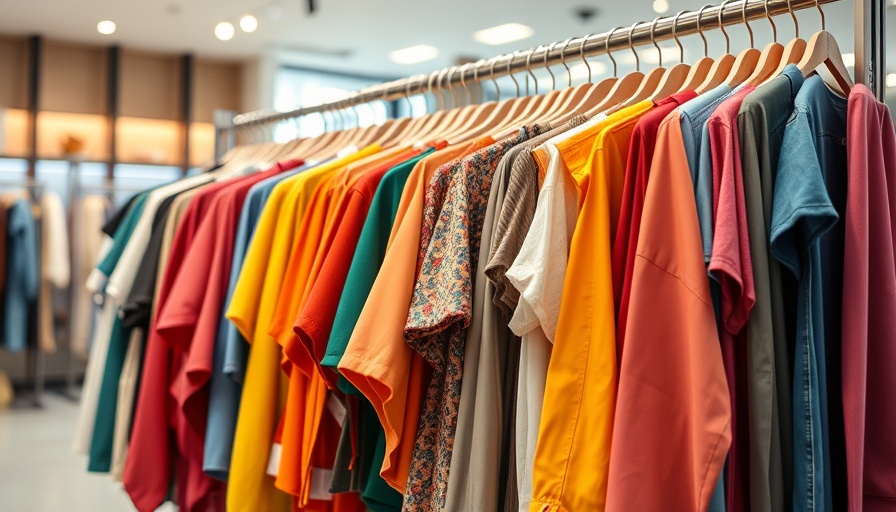
The Tariff Tidal Wave: How 政治 Changes Ripples Through Business
Shein, the ultra-fast fashion giant, has become synonymous with bargain hunting and impulsive online shopping. With its low prices, trendy items, and a vast inventory that changes as rapidly as fashion trends themselves, Shein captured the hearts of budget-conscious consumers, especially Gen Z shoppers. However, the recent political landscape, particularly under the Trump administration, is setting the stage for new challenges that could impact this business model and ripple through the broader retail environment.
Understanding the Economics Behind Shein’s Rise
To understand the impending disruptions, it’s essential to go back to when Shein first gained its momentum. The company capitalized on a model referred to as the "data-driven fashion revolution”—using real-time consumer data to design clothes that cater to exact consumer desires. This method kept inventory minimal and maximized efficiency, making Shein a formidable player in the fast fashion industry.
However, in an increasingly polarized political climate, resources such as tariffs could alter the cost structure that enables such low prices. For example, the Trump administration's tariff policies may not just raise the cost for American consumers, but lead to a reshaping of Shein's supply chain that could effectively undermine their success.
How Tariffs Change the Game
Tariffs are essentially taxes on imports. In simpler terms, they're a way for governments to encourage local production while making imported goods more expensive. For Shein, which relies heavily on manufacturing in China, these tariffs could mean a significant increase in their operational costs—costs that they might have to pass onto consumers. This potential shift brings up a challenging question: Will budget-minded consumers still see Shein as an affordable option?
Moreover, as the U.S. continues to navigate its international relationships, particularly with China, these changing tariffs can create a sense of instability for any business that leans on cross-border commerce.
The Future of Shein and Fast Fashion
The future of Shein—and potentially similar brands—will rely on how adeptly they can adapt to these changing landscapes. As technology evolves, so do consumer expectations. For instance, the growing demand for sustainability and ethical labor practices could shift consumer loyalties from fast fashion to more sustainable brands. In this respect, companies that showcase innovation in their approach—including material sourcing and sustainability—may emerge victorious amidst turmoil.
Additionally, to remain competitive, Shein may need to embrace local production methods, which could go hand-in-hand with the tech trends of 2025. By leveraging technologies such as artificial intelligence and superior supply chain management, brands must revolutionize their product offerings while addressing this shifting economic backdrop.
Disruptive Technology: A Silver Lining?
Innovations in technology are not just threats, but also present opportunities for brands like Shein. The advance of artificial intelligence, data analytics, and the Internet of Things can transform how companies operate. By employing these technologies, companies can enhance their forecasting, optimize inventory levels, and ultimately improve customer experience.
In facing the challenges ahead, Shein might pivot towards these technologies, utilizing them to mitigate the impact of tariffs and position themselves as not only price competitors but strategic innovators in the fashion world.
Calls for Action: What Can Consumers Do?
As the landscape evolves, consumers hold power. By becoming more selective and conscious of the brands they support, they can influence production practices worldwide. This shift reflects a demand for ethical behavior in fast fashion but also illuminates how consumers can enact change. As boundaries between political decisions and consumption become increasingly blurred, it’s essential for individuals to understand the broader implications of their purchasing choices.
In conclusion, the rise of Shein may face challenges, but technological advancements and an evolving consumer ethos could provide alternative paths forward. The power to affect this change lies in both innovation within the industry and informed choices by the consumer.
 Add Row
Add Row  Add
Add 




Write A Comment